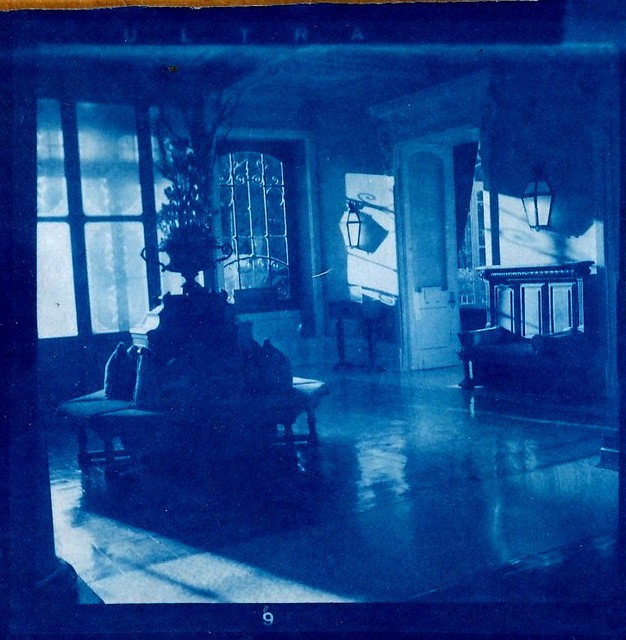olakiril
Well-known
I am about to embark on a new journey, the one in alternative printing. I missed my old darkroom prints and since I don't have space for a dark-room/enlarger at home anymore this is the closest I can get to wet printing.
This weekend I will try the following two techniques:
1. Anthotypes with Turmeric (I might try a chlorophyll print just for fun as well)
Fixing with Borax/Baking soda?
2. Salt printing without toners
Table salt, silver nitrate, sodium thiosulfate as fixer.
I will be using printed digital negatives on transparency paper, emulsions on thick watercolor paper, and the sun as a UV source.
Any suggestions?
This weekend I will try the following two techniques:
1. Anthotypes with Turmeric (I might try a chlorophyll print just for fun as well)
Fixing with Borax/Baking soda?
2. Salt printing without toners
Table salt, silver nitrate, sodium thiosulfate as fixer.
I will be using printed digital negatives on transparency paper, emulsions on thick watercolor paper, and the sun as a UV source.
Any suggestions?



